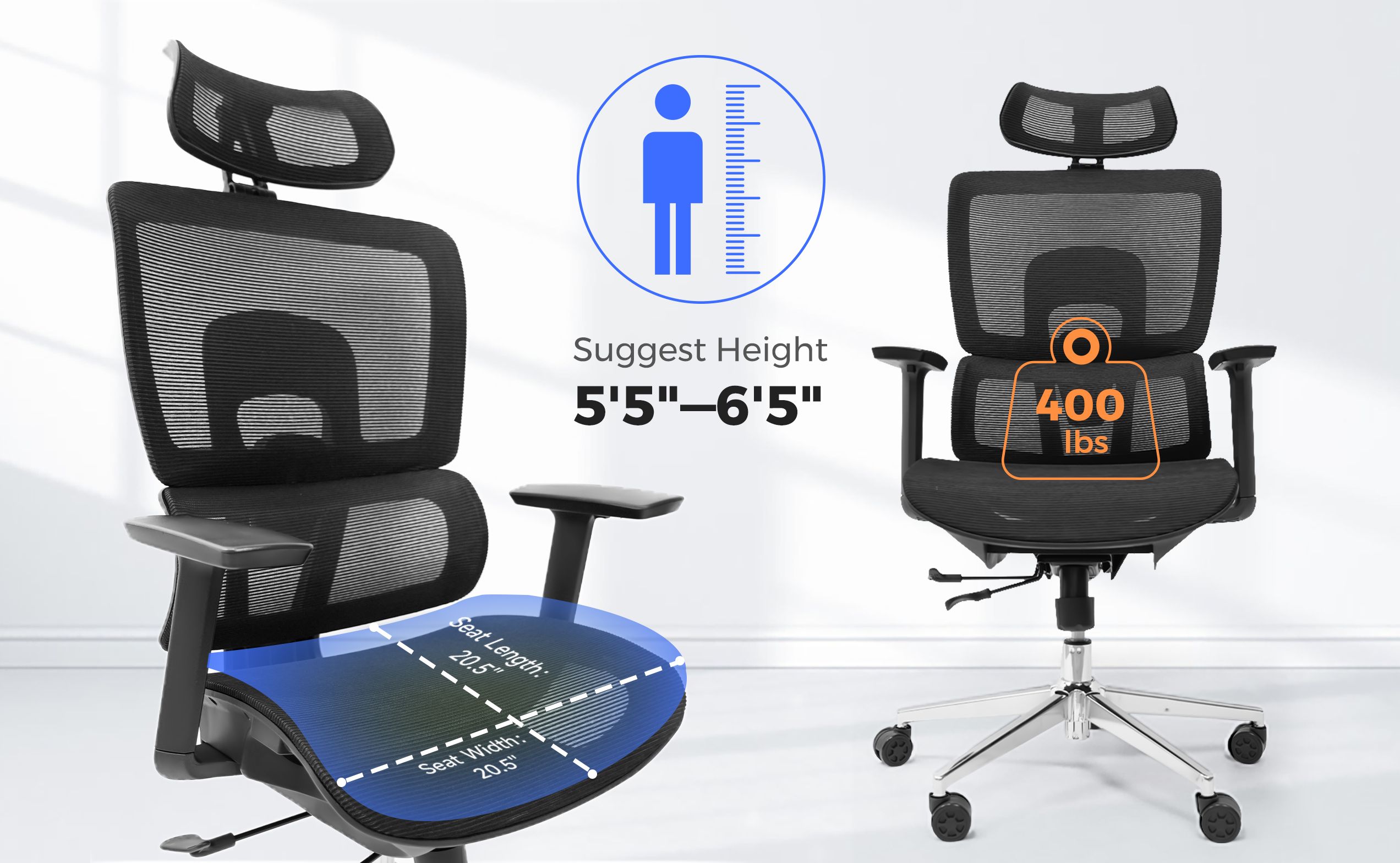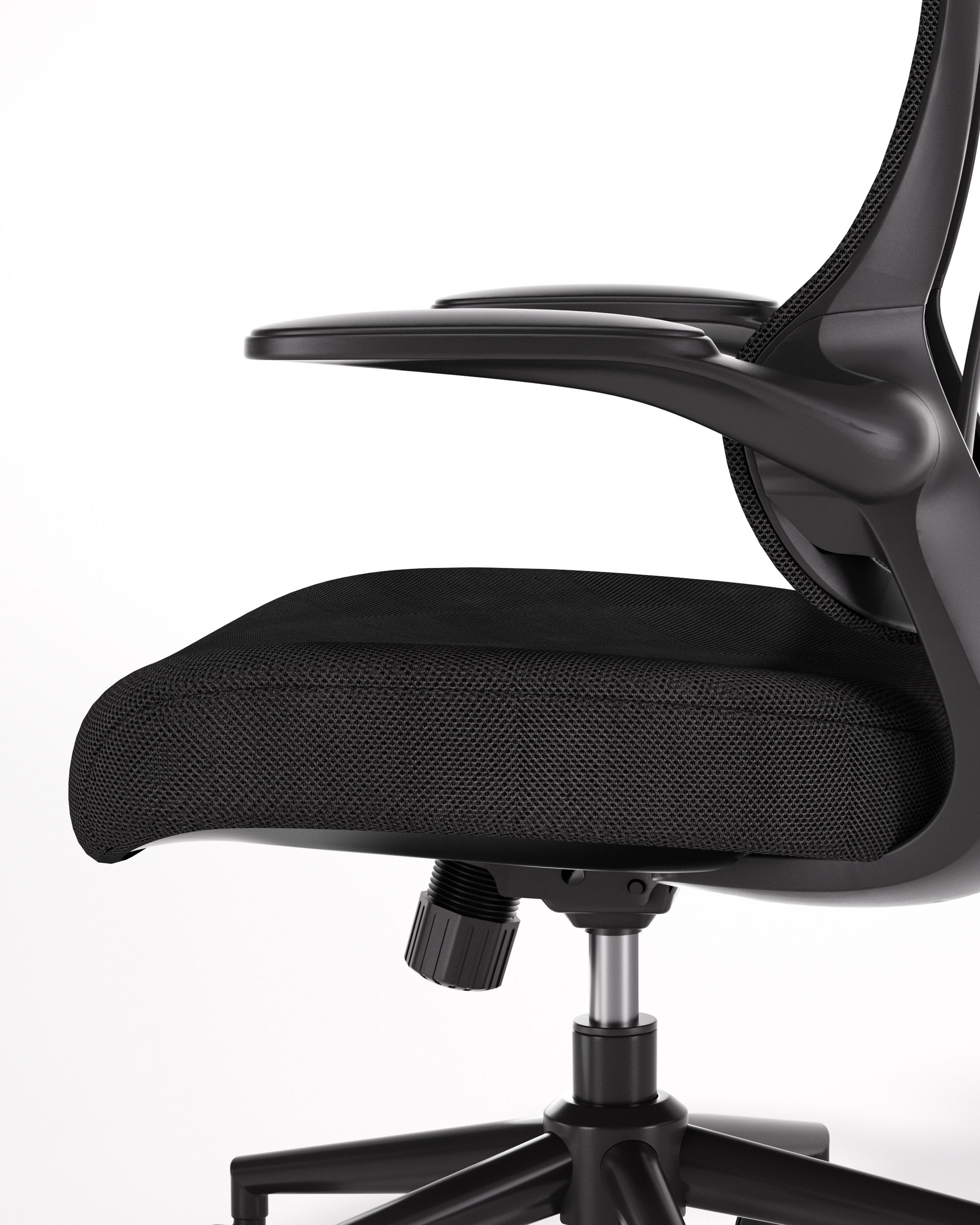Ergonomics plays a crucial role in preventing back pain and improving overall health in the workplace. This blog explores what an ergonomic assessment entails, its importance for spinal health, and how it can save you from discomfort and chronic pain. Discover how adjusting your desk, chair, and posture can reduce strain, boost productivity, and improve your quality of life. A free checklist is included to help you implement these changes today.
Introduction: Why Your Back Might Be Screaming Right Now
Let's be real—how many of you feel discomfort or pain after sitting at your desk for hours? Whether it's a stiff neck, lower back pain, or sore wrists, we've all experienced it. The issue might not just be the long hours at the computer, but the way you’re sitting. If you're working from home or even in a corporate office, it’s time to think about ergonomics.
You might have heard the term “ergonomic assessment” thrown around. But what does it actually mean? More importantly, why should you care about it? If you want to stop your spine from screaming at you by the end of the day, keep reading. By the end of this post, you’ll have a solid understanding of what an ergonomic assessment is and how it could save your spine—and your productivity!
What is an Ergonomic Assessment?
Before we dive into the nitty-gritty of ergonomic assessments, let’s first define what they actually are.
An ergonomic assessment is a professional evaluation of your workspace, tools, and posture. The goal is to make sure that your body is in the most comfortable, efficient, and safe position for the tasks you're performing. It’s like a personal check-up, but for your desk setup. A good ergonomic assessment considers everything from the height of your desk to the angle of your monitor to the support your chair provides.
In short: It’s about setting up your environment so that it works for you, not against you.
Why is Ergonomics Important for Your Spine?
Now, you might be asking, “Why does this even matter for my spine?” That’s a great question!
The human body isn’t designed to sit in one position all day. In fact, bad posture, poorly adjusted furniture, and repetitive movements can cause strain on your back, neck, and joints. Over time, this can lead to chronic pain and even more serious musculoskeletal issues.
Ergonomics helps you prevent these problems by ensuring your workspace promotes proper alignment. For example, if your desk is too high or low, you might strain your neck or back. A chair that doesn’t offer lumbar support can lead to slouching, causing back pain. Ergonomics seeks to reduce these risks, saving you from discomfort and long-term injury.
How Does an Ergonomic Assessment Work?
An ergonomic assessment is typically done by a professional ergonomist, but you can also do a self-assessment. Here’s how it generally works:
- Assess Your Desk Setup: The ergonomist will review your desk height, monitor placement, keyboard positioning, and mouse setup. They’ll check if everything is within reach and if your posture is aligned to minimize strain.
Chair Evaluation: They will evaluate whether your chair provides proper lumbar support and if it’s adjustable for your body type. They may recommend getting a best ergonomic office chair for small space or best computer chair for tall people depending on your height and needs.

- Work Habits: An ergonomic assessment also includes looking at your work habits, such as whether you take breaks, how often you move around, and whether you’re using your body in a balanced way throughout the day.
- Posture Check: They’ll make sure that your body is properly aligned with your workstation. A slouched or hunched posture can lead to back and neck pain, so this step is crucial.
Benefits of an Ergonomic Assessment: It’s Not Just About Comfort
While you might think an ergonomic assessment is just about comfort, it’s also about preventing future injuries, boosting productivity, and improving your overall health. Here’s how:
- Prevents Injury: By reducing strain on your spine, wrists, and other joints, you minimize your chances of developing musculoskeletal disorders (MSDs) like carpal tunnel syndrome, tendonitis, and more.
- Improves Posture: A proper ergonomic setup encourages better posture, which helps with reducing back pain and fatigue.
- Boosts Productivity: A well-set-up workspace can improve focus and energy levels, meaning you’ll get more done in less time without the aches and pains that slow you down.
How an Ergonomic Assessment Can Save Your Spine
The spine is the backbone of your body (literally), and if it’s not aligned properly, everything else suffers. An ergonomic assessment ensures that your spine is supported by the right chair and desk setup.
For example, if you sit for long periods, having a powered sit-stand desk allows you to alternate between sitting and standing, which reduces the pressure on your spine. Sitting for hours in a fixed position can compress your vertebrae, leading to pain and stiffness. But standing desks give you the freedom to move and shift your weight, which helps reduce discomfort and prevents damage to your spine.

Free Ergonomic Assessment Checklist
Ready to start setting up your workspace for optimal comfort? Here’s a FREE checklist to guide you:
- Desk Height: Your desk should be at elbow height when sitting or standing, allowing your forearms to rest comfortably at a 90-degree angle.
- Monitor Position: The top of your screen should be at eye level, and about an arm’s length away.
Chair: Your feet should rest flat on the floor with your knees at a 90-degree angle. For small frames, consider a best ergonomic office chair for small space for better comfort.

- Keyboard & Mouse: Both should be positioned so that your wrists stay neutral, not bent upward or downward.
- Posture: Keep your back straight and shoulders relaxed. A chair with lumbar support will help maintain the natural curve of your spine.
- Breaks: Stand up, stretch, or walk around every 30 minutes to keep your spine healthy.
Common Ergonomic Mistakes to Avoid
Even after an ergonomic assessment, it’s easy to fall into bad habits. Here are a few things to watch out for:
- Slouching: Always sit back in your chair with your back straight.
- Too much screen time: Avoid sitting for long periods without breaks. Stand up and stretch!
- Incorrect monitor height: If you find yourself looking down at your screen, it’s time to adjust your monitor or desk setup.
- Poor chair support: Make sure your chair supports your lower back and encourages proper posture.
FAQs About Ergonomic Assessments
1. Do I need a professional to do an ergonomic assessment?
Not necessarily! You can perform a self-assessment using the tips in our free checklist, but having a professional ergonomist can provide more personalized recommendations.
2. Can an ergonomic assessment help with back pain?
Yes! Proper ergonomics can reduce strain on your spine, which can alleviate back pain. If you’re sitting or standing in a more comfortable position, your body will thank you.
3. Are ergonomic chairs really worth it?
Absolutely. An ergonomic chair provides the necessary support for your back and posture, making long hours at your desk much more comfortable. You can also check out options like the best computer chair for tall people for optimal support.
4. Can a standing desk improve my posture?
Yes! A powered sit-stand desk encourages movement and allows you to alternate between sitting and standing, which can help reduce discomfort and improve posture.
Conclusion: Your Spine Deserves Better
Your spine works hard for you every day, so it’s important to take care of it. By understanding what an ergonomic assessment is and how it works, you’re one step closer to creating a workspace that supports your body and your productivity.
Whether you need a powered sit-stand desk, an ergonomic chair, or even a TV on cart for presentations, there are plenty of ergonomic solutions to improve your workspace. Start with the free checklist, make small changes, and your spine will thank you for it!











































